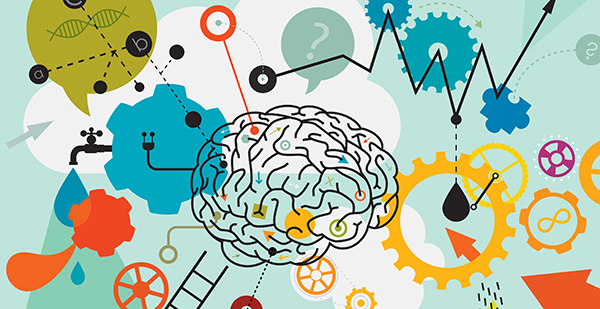
Class 6 Biology Syllabus (ICSE, CBSE, West Bengal Board Combined)
1. The Living World
What is Life?
Definition of living and non-living things
Characteristics of living organisms (growth, movement, respiration, sensitivity, reproduction,
excretion, nutrition, and adaptation)
Classification of Living Beings
Kingdoms of life (Plants, Animals, Microorganisms)
Differences between plants and animals
2. Cells and Tissues
Cell Structure
Parts of a cell: Cell wall, cell membrane, cytoplasm, nucleus
Difference between plant and animal cells
Functions of cell organelles (nucleus, mitochondria, chloroplast, etc.)
Types of Tissues
Plant tissues: Meristematic and Permanent tissues (simple and complex tissues)
Animal tissues: Epithelial, connective, muscular, and nervous tissues
3. Diversity in Living Organisms
Classification of Living Organisms
Based on characteristics (Unicellular and multicellular organisms)
Plant classification: Herbs, Shrubs, Trees
Animal classification: Vertebrates and Invertebrates
Major groups of animals: Mammals, Birds, Fish, Amphibians, Reptiles, Insects, etc
4. Habitat and Adaptations
Habitats of Organisms
Terrestrial and Aquatic habitats
Examples: Forests, Deserts, Oceans, Ponds, and Lakes
Adaptation of Plants and Animals
Adaptations in desert, aquatic, and forest environments
Structural and behavioral adaptations
Examples of adaptations in animals and plants for survival
5. Nutrition in Plants and Animals
Nutrition in Plants
Photosynthesis: Process and importance
Parts of the plant involved in nutrition (roots, stem, leaves)
Types of nutrition: Autotrophic and Heterotrophic
Nutrition in Animals
Digestive system in humans and other animals
Process of digestion and absorption of food
Types of nutrition: Herbivores, Carnivores, Omnivores, and Decomposers
6. Respiration in Organisms
Respiration in Plants and Animals
Types of respiration: Aerobic and Anaerobic
Respiratory system in humans: Organs involved, function of lungs, and breathing process
Respiration in plants: Process of gas exchange and stomata.
7. Transportation in Plants and Animals
Transport in Plants
Structure of xylem and phloem
Movement of water and nutrients in plants
Transport in Animals
Circulatory system: Blood, heart, and blood vessels
Open and closed circulatory systems
Role of blood (RBCs, WBCs, platelets, plasma)
8. Reproduction in Plants and Animals
Reproduction in Plants
Asexual and sexual reproduction
Pollination: Self-pollination and cross-pollination
Fertilization and seed formation
Vegetative reproduction (cuttings, runners, etc.)
Reproduction in Animals
Reproduction in animals: Sexual reproduction, fertilization (internal and external)
Life cycles of animals (e.g., amphibians, insects, and mammals)
9. Excretion in Organisms
Excretion in Plants
Excretory products and their removal
Excretion in Animals
Excretory system in humans: Kidneys, ureters, bladder, urethra
Formation of urine and removal of waste products
10. Environment and Ecosystem
Components of Ecosystem
Biotic and Abiotic components
Producers, consumers, decomposers
Food Chain and Food Web Flow of energy in the ecosystem
Examples of food chains and food webs
Conservation of the Environment
Importance of conserving resources
Pollution: Types (air, water, land) and its effects
Waste management and recycling
11. Health and Hygiene
Personal Hygiene
Importance of cleanliness and maintaining hygiene
Proper handwashing, bathing, brushing teeth;Diseases
Types of diseases: Communicable and Non-communicable
Prevention and control of common diseases (like malaria, tuberculosis, etc.)
Vaccination and immunization
12. Use of Microorganisms Beneficial and Harmful Microorganisms Role of microorganisms in fermentation, disease-causing organisms, and nitrogen fixation Use of microorganisms in food, medicine, and industry (e.g., yeast, bacteria in yogurt, antibiotics)
Admission fees : Rs1000/- payable yearly
Note: Also Class timing once finalized will not be adjusted thereafter. Every Week One class. The timings will be finalized where majority of the students will be gathered.




